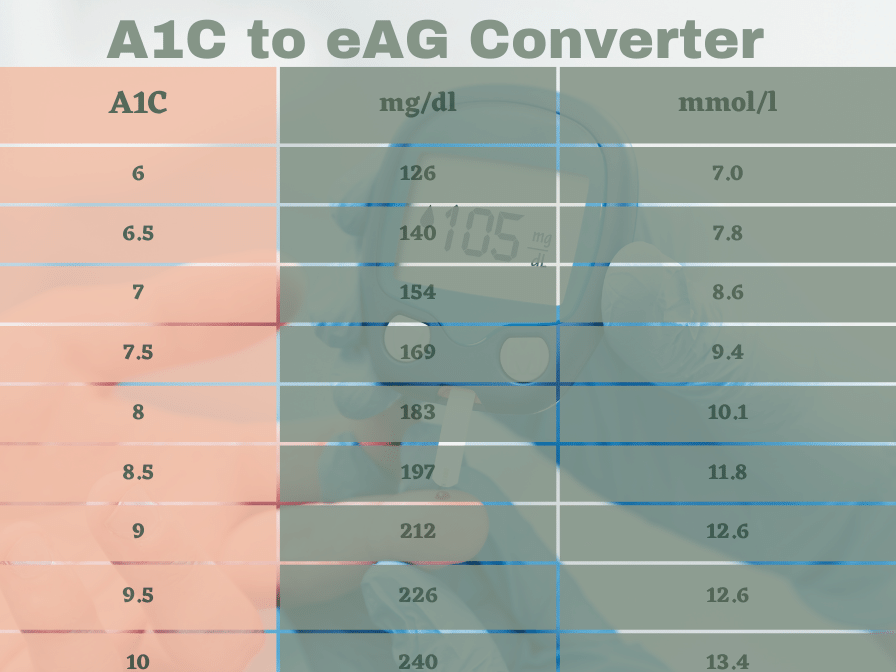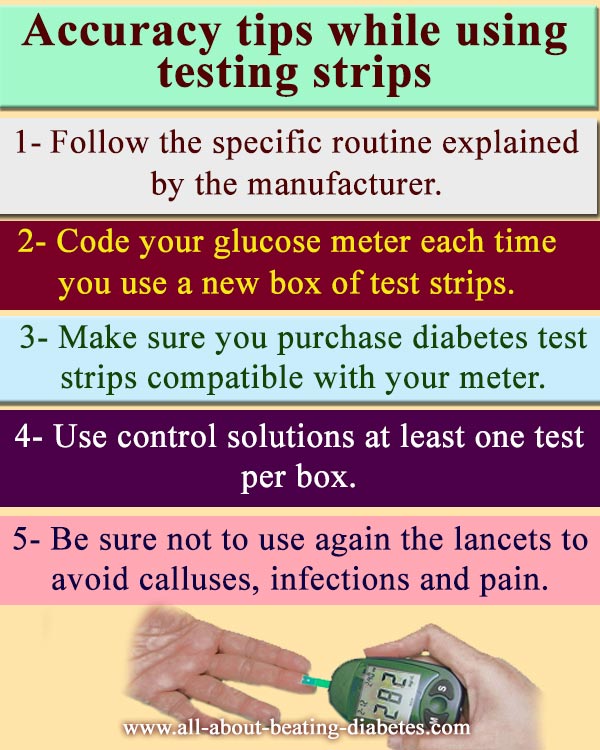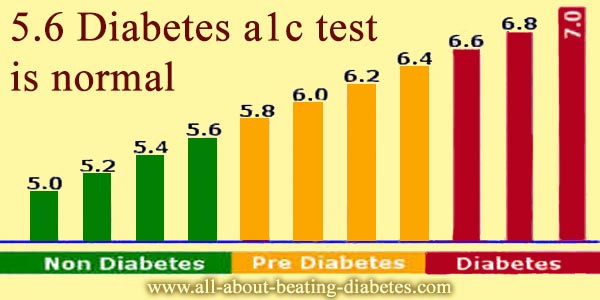How is A1C and eAG calculated?
- Home
- blood sugar levels
- How Is A1c EAG Calculated
What is A1C?
A1C is a measure of average blood glucose levels over the past 2-3 months.
It is also known as glycated hemoglobin, hemoglobin A1C, or HbA1C.
The A1C test measures the percentage of glycated hemoglobin in the blood.
Hemoglobin is a protein in red blood cells that carries oxygen to the body's tissues.
When glucose (sugar) in the blood attaches to hemoglobin, it forms glycated hemoglobin.
How is A1C test performed?
The A1C test is performed by drawing a blood sample from a vein in the arm. The blood sample is sent to a laboratory where it is analyzed to determine the percentage of glycated hemoglobin in the blood.
What is normal A1C level?
The A1C test result is reported as a percentage. In general, a normal A1C level is below 5.7%.
An A1C level between 5.7% and 6.4% indicates prediabetes, and an A1C level of 6.5% or higher indicates diabetes.
What is a target A1C level?
However, the target A1C level may vary depending on the individual and their medical history.
It is important to discuss A1C results with a healthcare provider to determine the appropriate course of treatment.
How is eAG calculated?
The eAG stands for estimated average glucose. It is a calculated value that is based on the A1C level.
The eAG is an estimate of a person's average blood glucose level over the previous 2-3 months, similar to the A1C test.
The formula to convert A1C to eAG is:
eAG (mg/dL) = (28.7 x A1C) - 46.7
For example, if a person's A1C is 7%, their eAG would be:
eAG = (28.7 x 7%) - 46.7 = 154.9 mg/dL
The eAG is reported in units of milligrams per deciliter (mg/dL), which is the same unit of measurement used for routine blood glucose testing.
The eAG is useful for people with diabetes who monitor their blood glucose levels regularly using a glucose meter, as it can help them understand how their A1C result corresponds to their daily blood glucose readings.
It's important to note that eAG is an estimate, and individual blood glucose levels can vary throughout the day depending on factors such as food intake, physical activity, and medication use.
How often should you check a1c levels?
The frequency at which you should check your A1C levels depends on your individual health situation and the recommendations of your healthcare provider.
In general, people with type 2 diabetes should have their A1C levels checked every three to six months.
However, if your blood sugar levels are well-controlled, your doctor may recommend checking your A1C less frequently.
For people with type 1 diabetes, A1C levels should be checked every three months, regardless of blood sugar control.
It's important to work closely with your healthcare provider to determine the appropriate frequency of A1C testing for your specific needs.
What a1c level requires hospitalization?
There is no specific A1C level that would require hospitalization on its own. A1C is a measure of your average blood sugar levels over the past two to three months, and high levels indicate poor blood sugar control.
However, hospitalization may be necessary if your blood sugar levels are extremely high and you are experiencing severe symptoms such as diabetic ketoacidosis (DKA) or hyperglycemic hyperosmolar syndrome (HHS), which can be life-threatening.
The American Diabetes Association recommends that people with diabetes seek medical attention if their blood sugar levels are consistently above 240 mg/dL, and they are experiencing symptoms of hyperglycemia such as excessive thirst, frequent urination, blurred vision, or fatigue.
In some cases, hospitalization may be necessary to bring blood sugar levels under control and prevent serious complications.
|
Written by Dr.Albana Greca Sejdini, Md, MMedSc Medically reviewed by Dr.Ruden Cakoni, MD, Endocrinologist |
Last reviewed 02/28/2023 |
References
References
- American Diabetes Association. (2021). Standards of Medical Care in Diabetes—2021. Diabetes Care, 44(Supplement 1), S1-S232.
- International Diabetes Federation. (2019). IDF Diabetes Atlas (9th ed.). International Diabetes Federation. https://www.diabetesatlas.org/en/
- American Association for Clinical Chemistry. (2021). A1C. Lab Tests Online.
- Nathan, D. M., Kuenen, J., Borg, R., Zheng, H., Schoenfeld, D., & Heine, R. J. (2008). Translating the A1C assay into estimated average glucose values. Diabetes Care, 31(8), 1473-1478. https://doi.org/10.2337/dc08-0545
- Diabetes Canada Clinical Practice Guidelines Expert Committee. (2018). Diabetes Canada 2018 Clinical Practice Guidelines for the Prevention and Management of Diabetes in Canada: Glycemic Control. Canadian Journal of Diabetes, 42(Supplement 1), S87-S103. https://doi.org/10.1016/j.jcjd.2017.10.031
Diabetes complications Questions or Problems? Get Help Here
This is the place where you can ask a question about any aspect of diabetes complications.
It's free and it's easy to do. Just fill in the form below, then click on "Submit Your Question".




